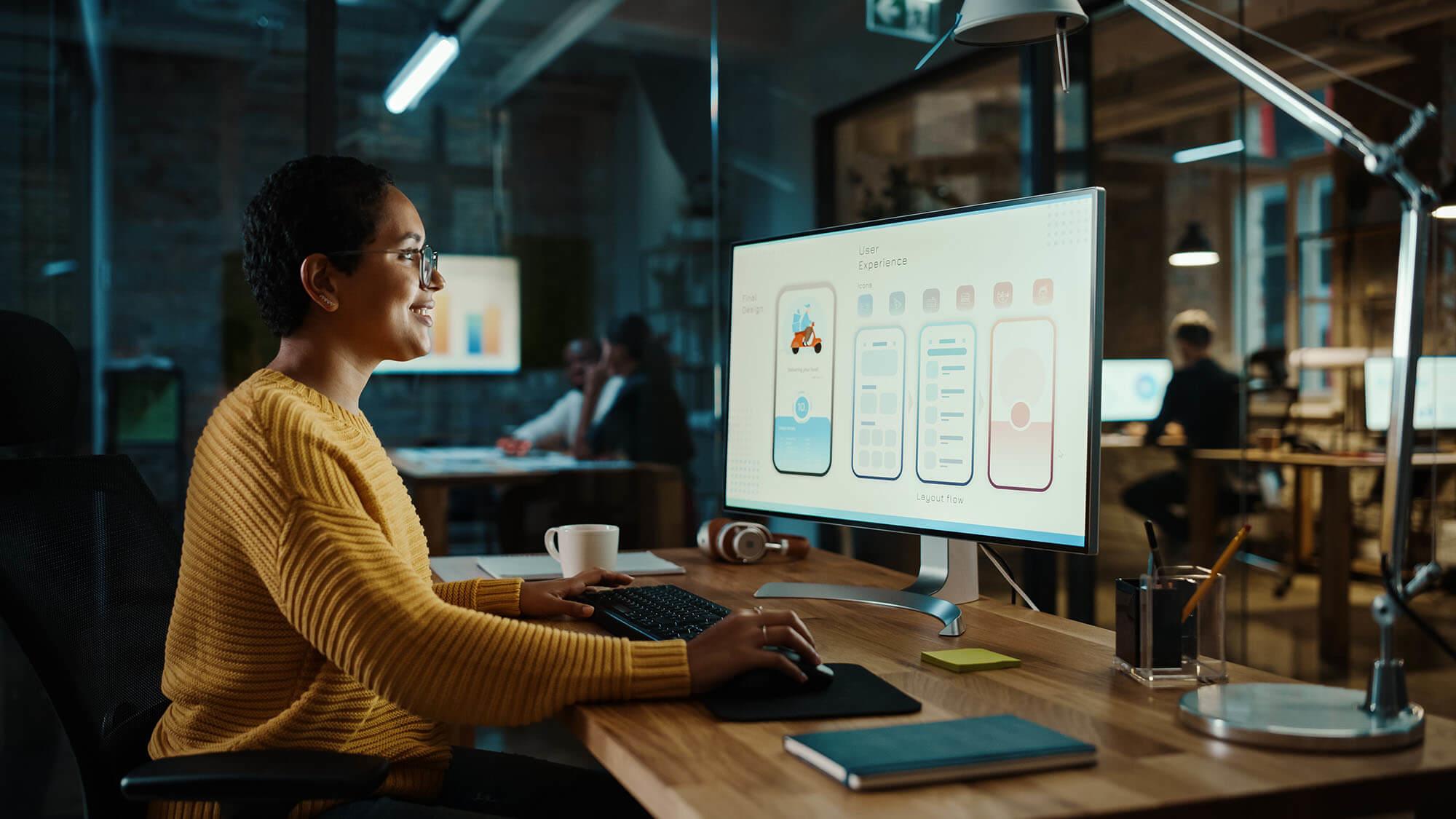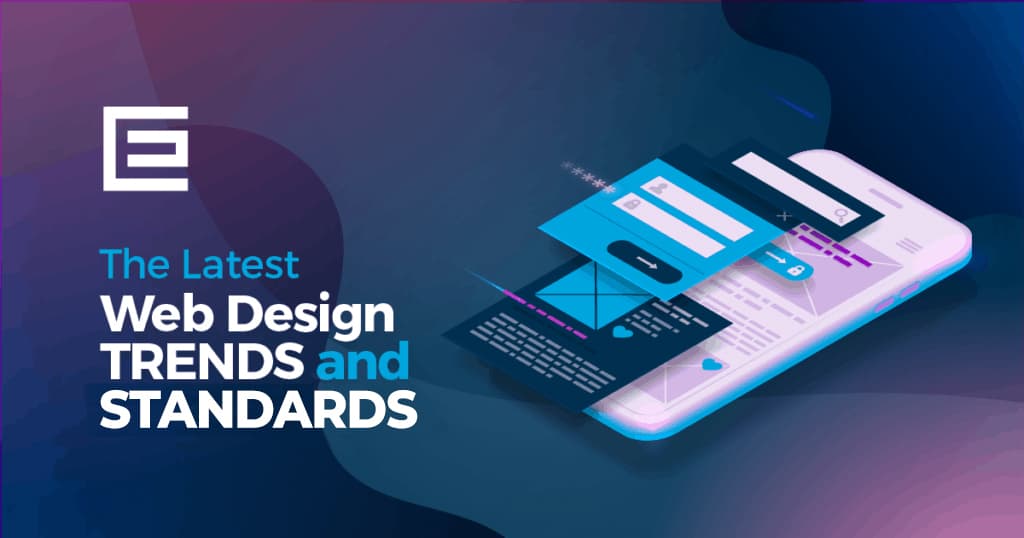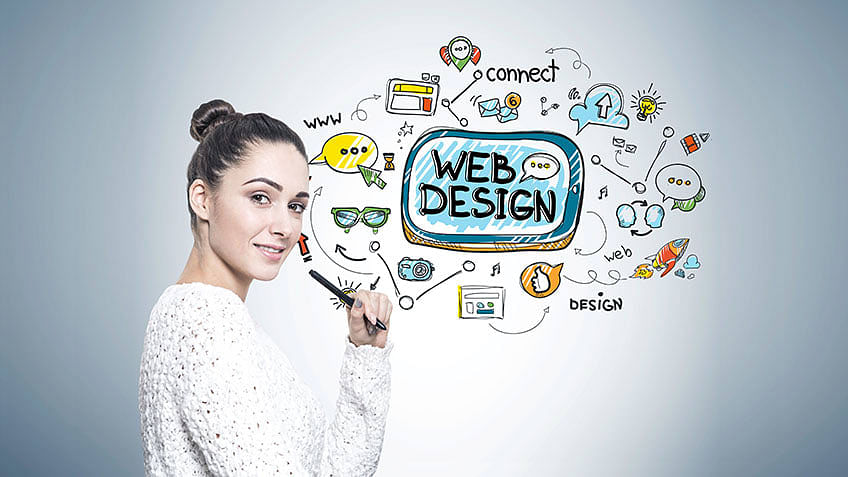Aligned Position Web Design: Tailor-Made Web Design Solutions for Maximum User Engagement
Aligned Position Web Design: Tailor-Made Web Design Solutions for Maximum User Engagement
Blog Article
The Most Effective Kinds Of Website Design to Enhance Customer Experience and Engagement
In the ever-evolving landscape of digital communication, the effectiveness of website design dramatically influences user experience and involvement. Different layout approaches, such as minimalist, responsive, and interactive formats, each offer distinct benefits that can cater to diverse user demands. Comprehending which types of website design best serve these goals can be crucial for organizations intending to boost client contentment and retention. However, the question stays: which style components genuinely resonate with customers and foster significant involvement? The exploration of these concepts reveals important understandings that might redefine your strategy to website design.
Minimal Web Style
As digital landscapes become progressively messy, minimalist website design has become a powerful approach to boosting individual experience. This style ideology prioritizes simpleness, concentrating on important aspects while eliminating unneeded distractions. By utilizing adequate white room, straightforward navigating, and a limited shade palette, minimal layout fosters clarity and guides customer attention to crucial material.
The core principle of minimal Web layout is to create a smooth interaction for customers. By reducing cognitive load, customers can quickly comprehend info without feeling bewildered. This direct method not only boosts functionality however also urges interaction, as site visitors are most likely to explore a website that is simple and visually appealing to navigate.
In addition, minimalist layout usually stresses typography and images, making use of these aspects purposefully to share messages effectively. This emphasis on necessary parts can boost brand identification and produce an unforgettable individual experience. Basically, minimalist Web design is not just a pattern; it is a thoughtful method that identifies the significance of user-centered design. By removing away nonessential aspects, developers can produce a much more appealing, efficient, and delightful Web experience for all individuals.
Receptive Website Design
In today's varied electronic setting, receptive website design has actually come to be essential for creating a seamless user experience across a wide variety of tools. As individuals accessibility websites on mobile phones, tablets, laptops, and desktops, the ability of an internet site to adapt its design and web content to different screen dimensions and resolutions is critical.
Receptive Web layout employs adaptable grids, pictures, and CSS media inquiries to guarantee that Web content is provided optimally, no matter of the gadget utilized. This approach not just improves the aesthetic allure of a site however also significantly improves usability. Customers are most likely to involve with a website that supplies a consistent experience, as it gets rid of the stress of having to zoom in or scroll exceedingly.
Moreover, online search engine, consisting of Google, focus on mobile-friendly web sites in search rankings. By adopting responsive design, services can enhance their visibility and get to a more comprehensive audience. This strategy likewise simplifies internet site upkeep, as a solitary variation of the site can satisfy all gadgets, minimizing the need for multiple versions. In recap, responsive website design is a basic technique that boosts individual experience, interaction, and general fulfillment.
Interactive Website Design
Receptive website design prepares for improving user experience, however interactive Web design takes this a step further by engaging users in a more vibrant means - Aligned Position click to find out more Web Design. By integrating components such as animations, clickable prototypes, and real-time feedback, interactive Web style astounds users, attracting them into a richer surfing experience
This technique not only promotes involvement but also urges customers to check out material actively rather than passively eating it. Methods such as gamification, where customers gain incentives for finishing tasks, can substantially boost the time spent on a site and improve overall fulfillment. Interactive attributes can simplify complicated details, making it much more delightful and absorbable.

Incorporating interactive style elements can likewise bring about higher conversion rates, as individuals are a lot more most likely to involve with a website that proactively includes them. Aligned Position Web Design. Inevitably, interactive Web design transforms individual experiences right into unforgettable journeys, making certain that site visitors return time and once again
Apartment Style
Characterized by its minimalistic method, level design highlights simpleness and capability, stripping away unnecessary components and concentrating on crucial functions. This design ideology focuses on use, making sure that individuals can browse user interfaces with simplicity and performance. By using a tidy aesthetic, level layout removes the mess often located in a lot more luxuriant styles, consequently boosting user concentrate on material and functionality.
The characteristic of level style exists in its use strong shades, basic typography, and geometric shapes. These aspects add to an aesthetically appealing user interface that is both modern-day and friendly. In addition, level layout promotes a sense of quality, enabling customers to discern essential actions and info without diversion.
Additionally, flat style is particularly efficient in responsive Web design, as its simplicity equates well throughout different devices and display dimensions. By focusing on essential attributes, flat layout not just meets user demands however likewise motivates smooth communication, making it an essential part of efficient Web style strategies.
Adaptive Website Design
Adaptive Web layout tailors the individual experience by developing multiple repaired designs customized to different display sizes and devices. Unlike receptive design, which fluidly readjusts a single format, adaptive design utilizes distinct designs for details breakpoints, guaranteeing ideal presentation on different platforms. This approach permits developers to focus on the unique features of each gadget, boosting usability by providing precisely what users require based on their context.
Among the Resources key advantages of flexible Web style is its ability to maximize tons times and performance. By serving customized web content and images that fit the user's gadget, sites can lessen information use and enhance loading rates. This is particularly valuable for users with slower connections or minimal information plans.

Additionally, adaptive style helps with an extra regulated and regular branding experience. Because designers develop several layouts, they can ensure that the aesthetic elements line up with the brand's identity throughout different systems - Aligned Position Web Design. This leads to a cohesive individual experience, improving involvement and advertising user retention
Final Thought
Finally, the integration of minimalist, responsive, and interactive Web style principles considerably enhances customer experience and engagement. Minimalist layout fosters clearness and focus, while receptive layout ensures versatility across different gadgets, advertising accessibility. Interactive design mesmerizes customers with dynamic aspects, encouraging exploration and personalization. Collectively, these layout approaches contribute to the production of straightforward atmospheres that not only boost complete satisfaction but likewise drive higher conversion rates, emphasizing their essential relevance in contemporary Web design methods.

Minimalist layout cultivates clearness and emphasis, while responsive layout makes certain flexibility throughout numerous devices, advertising ease of access. Jointly, these style comes close to add to the creation of easy to use atmospheres that not only improve fulfillment yet likewise drive higher conversion rates, highlighting their important importance in contemporary Web layout strategies.
Report this page